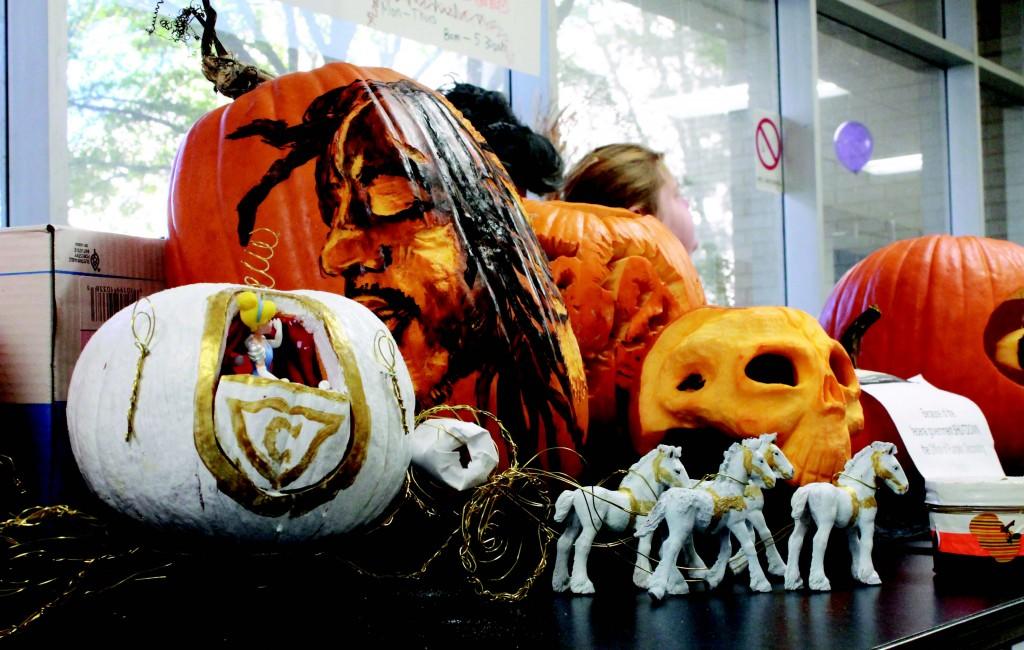By Jesse Lopez/reporter
One NW philosophy and religion professor revealed some of the mysteries in A Monster Calls Oct. 30 and 31.
English Composition II students have a new required reading on their syllabus: Patrick Ness’ book written for 13- and 14-year-olds. Since many have been confused why something written for children is on a college syllabus, Tony Roberts took on the task of explaining why.
The book is “full of magical imagery and different levels of symbolism,” he said.
Roberts said students shouldn’t feel dumb if they aren’t getting it. The book was written in England, so the children there understand the symbolism because they are raised with it while many American students miss it at first.
The most missed symbolism is that of the yew tree, or the monster, Roberts said.
“When you hear yew tree [in England], you know it means death,” he said. “More than that, it is the axis or the center.”
Yew trees are often are found in cemeteries in churchyards and are known for their longevity. Many are as old as 2,000 years. Also, English towns are often built around the oldest tree, which becomes its “roots.”
So when the protagonist Connor and his mother look at the window and see the yew tree rising in the distance, it would be understood that death is looming and possibly the death of something that holds everything together. Since this is a story about a boy coping with his mother dying from cancer, English readers would have known that immediately from the yew tree symbolism whereas American readers wouldn’t, Roberts said.
“That’s OK,” he said. “We live in Texas. We don’t have many trees, much less yew trees.”
Taking the time to break down the symbols line by line and using relatable analogies, Roberts showed that the book is full of questions that students need to answer for themselves: Who are you? How do you fill in the blank?
Roberts brought a new angle to this story and a starting point to any paper a student will have to write. He gave a children’s book more meaning to those in attendance by showing that Ness took the subject of finding oneself and coping with death in a way children can understand.
“That’s why you, a college student, are reading a book written for 13-and 14-year-olds,” he said. “Get lost in this book; let the symbols happen to you.”
























